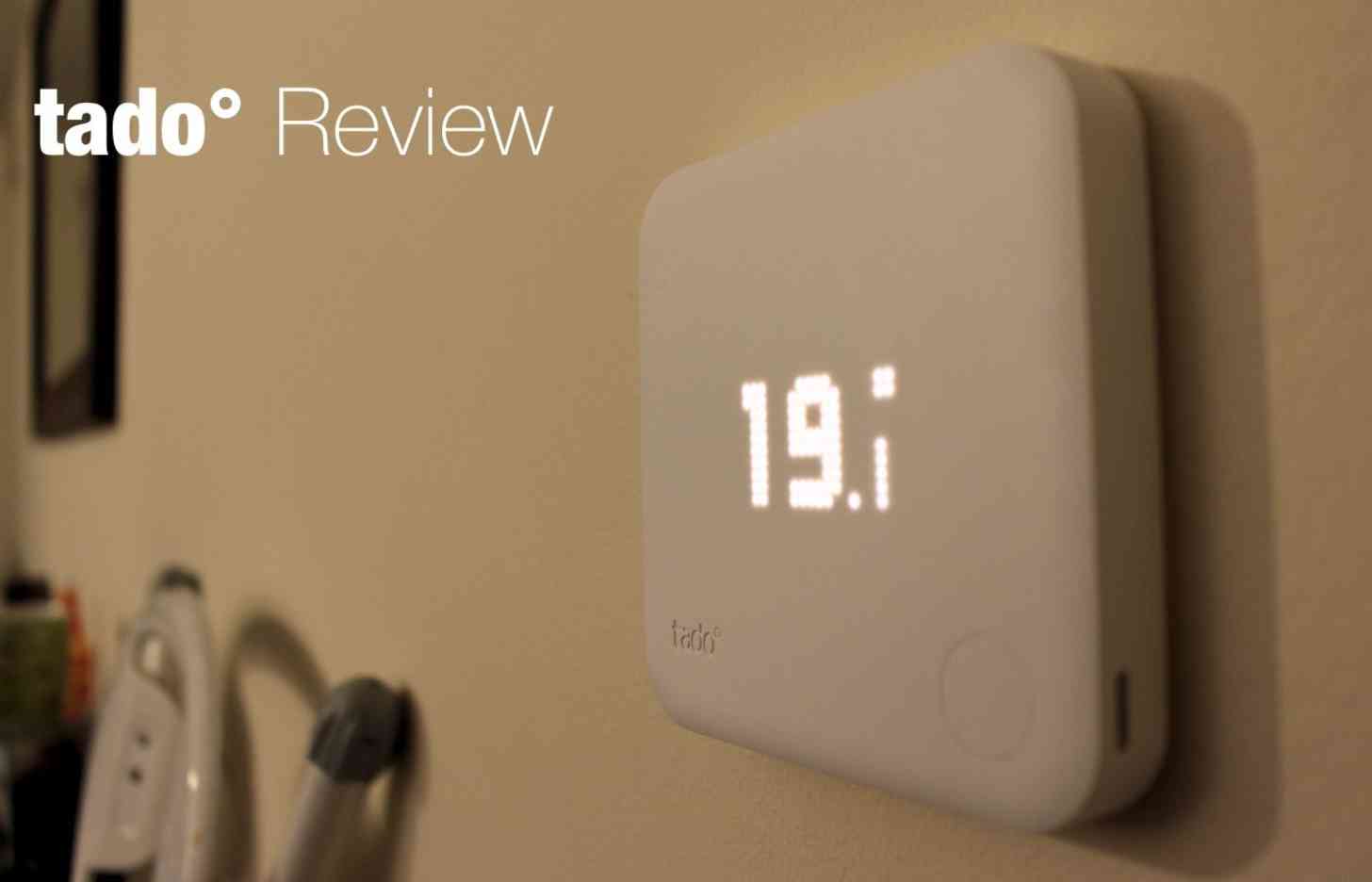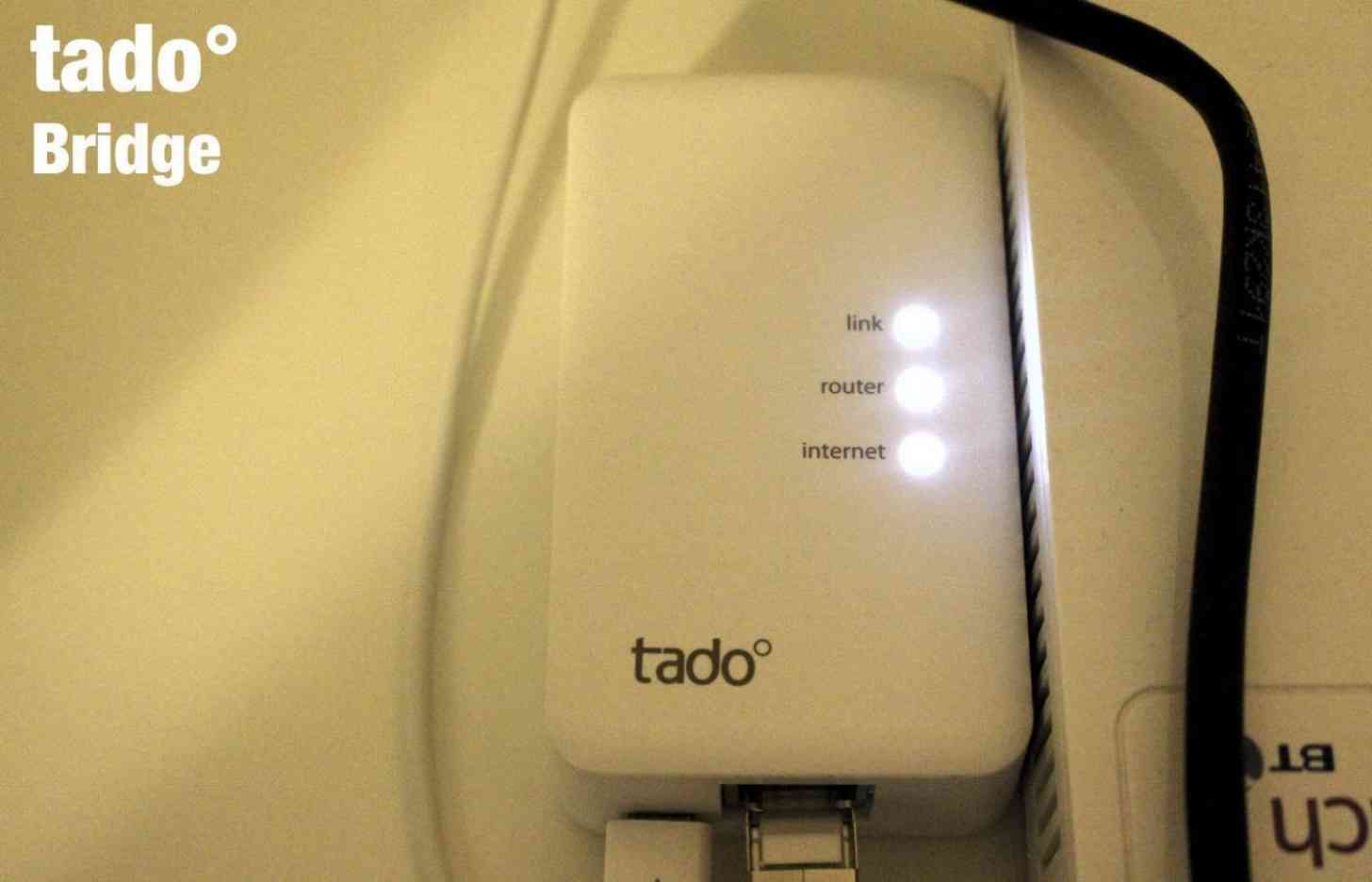
This year has been the year of many things: Wearable technology, Net Neutrality, the gradual vanishing of Nokia and much more. But chief among the buzz-words of the tech industry is IOT, or “Internet of Things”. There has been a huge insurgence of cloud-connected products, all controlled by our smartphones, tablets, PCs or even watches. Whether it’s lighting, sound systems, crock-pots or kettles, there’s very little in our lives that we can’t control with our devices nowadays.
Everyone knows the “Internet of Things” is happening, whether it’s Apple with its HomeKit developer tools, or Belkin with its WeMo products. Complete home automation is closer than it ever has been. It’s amazing to think that in just a few years, connected homes could be the norm. And I’ve had a taste of it this year with Tado (pronounced tah-doh, not ta-doo).

Tado is a European-based company that has created an internet-connected product for controlling your home’s heating system. I had the first generation (beta) product installed between April and November, and recently installed the more premium-looking and polished system released a couple of months back. And unlike the bright, screen-equipped, attention-hogging Nest thermostat, the Tado kit virtually disappears, and you can forget it’s there. Sadly, it’s not available in the States yet, but it is available in the EU.
Tado’s system is made of three parts: A thermostat, the Extension kit and the Bridge. And it’s the Bridge that’s key to how the system works. It’s a small, rectangular device that plugs directly in to your router using an ethernet cable. It connects to the internet and - more specifically - your account, after you’ve added its identification details on to your account during set up. Both the Extension Kit and Smart Thermostat talk to the Bridge wirelessly. And neither work without it.

Installation could prove tricky, or fun, depending on how much you enjoy playing with wires. The extension kit is wired in to the home boiler, and upon setting up, you get given a bespoke set of wiring instructions for your boiler. If they’re not on the system - like mine weren’t - you can send off a contact form automatically to request them. But, if opening up a home boiler, and connecting up electrical cables isn’t within your comfort zone, Tado offers an installation for a fee of £50 GBP (roughly $78). For that, they’ll send an engineer round to do it for you.
Once set up, presuming all is working, the Smart Thermostat (pictured at the top of the post) picks up the temperature of your home and communicates with the Bridge, which then tells the Extension Kit to light up the boiler if the temperature is too cold. It’s all very cool, but that’s only half of it.
Like most thermostats, the heating kicks in once the temperature drops below your required level. What’s more, it can also pull in weather information to judge when it can let the sunlight from outside heat up the room. And it has a basic display on the front made up of individual LEDs that show the current temperature (or connection status if there’s an issue).

As with any new-fangled IOT product, the Tado can be controlled from a smartphone app. It’s available on iOS, Android and Windows Phone. And it’s fantastic. You can also login to your account from any web browser, and control it remotely through your PC/Mac.
Perhaps the first, key element of the app is that you tell your Tado account what temperature your house should be. I have mine set at a cosy 19°C (66°F).
There’s a control for selecting the night time temperature, and the ability to choose what night time is. I set my morning time for 7:00AM, and so it knows to get the house back up to 19°C by then. You can even adjust the sleep time to be different on the weekends because: Lie-ins.
Plus points: It lets you add additional smartphone users to your family, and create a separate schedule for people without smartphones who live in the house.
But the app’s killer feature is presence detection. Using my iPhone’s GPS location, it knows when I’m not at home, and so turns off the heating accordingly. Let’s imagine that I’m not at home blogging and making videos all day every day for a second. Imagine I worked in an office a few miles away. It knows when I’ve left the house, but - here’s the killer bit - it knows when I’m on my way home and starts warming up the house as I get nearer. I rarely leave the house Monday to Friday, and so this feature didn’t get used anywhere near as much as it would by a regular go-out-to-work type.
One tip I did learn as the owner of multiple smartphones: Don’t have the app installed on more than one of my own personal devices. At least not with presence detection switched on. Inevitably, I’d leave the house with my iPhone and leave the rest of my phones sat at home, telling the system that I’m still there. Once I realized my folly, I deleted my details from my Android device. Instead, I now have it installed on one of my phones, and on my wife’s iPhone. So it responds accordingly and knows when either, or both of us is out of the house.
While all this technology is super-cool, it’s pointless unless it saves me money. It’s why I decided to hold on for a few months until I reviewed it. I didn’t find out that it was saving me money until my statement came through a few weeks back. It’s worth noting, my old heating system didn’t have a thermostat attached. I just had a timer set to kick the heating on at specific times.
My monthly direct debit has dropped by 18% since having the tado. And that’s a saving on the gas I use to heat the house. That’s easily enough to justify the monthly rental fee I’d have to spend had I purchased the tado, and not been sent a review model. Even the £278 GBP outlay (£199 for the Smart Thermostat, £79 for the Extension Kit) to buy it outright is worth it. Within a year, the device would have paid for itself. Think of the savings over 4,5 or more years. It’s easily justified.
And, for me, the best part of this whole thing is that I don’t really have to pay attention to it. I don’t have to go to a dial on the wall to change temperature if I’m cold, I don’t need to go to the thermostat to see what the temperature is. I don’t have to go to the boiler to mess around with the timer. I just pick up my iPhone if I need to make changes.
If controlling all the gadgets and gizmos in my home can be as convenient and simple as it is to control my heating, then I can’t wait for the age off home automation to get truly under way. Just imagine, being able to program all your electrical outlets to switch off when you leave the house. And the great thing is, that - for the most part - this is possible now. We have connected power outlets, light switches, sound systems, lighting, security cameras, curtain/blind motors, motion sensors, set-top boxes, kettles, coffee machines and even crock-pots on the market. What’s more, big manufacturers are developing (or have developed) connected washing machines, fridges and everything else you could image.
The future is available on the market now, and if we all had unlimited amounts of cash, we could get it. But for now, I’m grateful I’ve tasted just a small portion of what the future of connected products is. And I can’t wait for the rest to come.
If you're in Europe, you can order the tado° kit from tado.com.